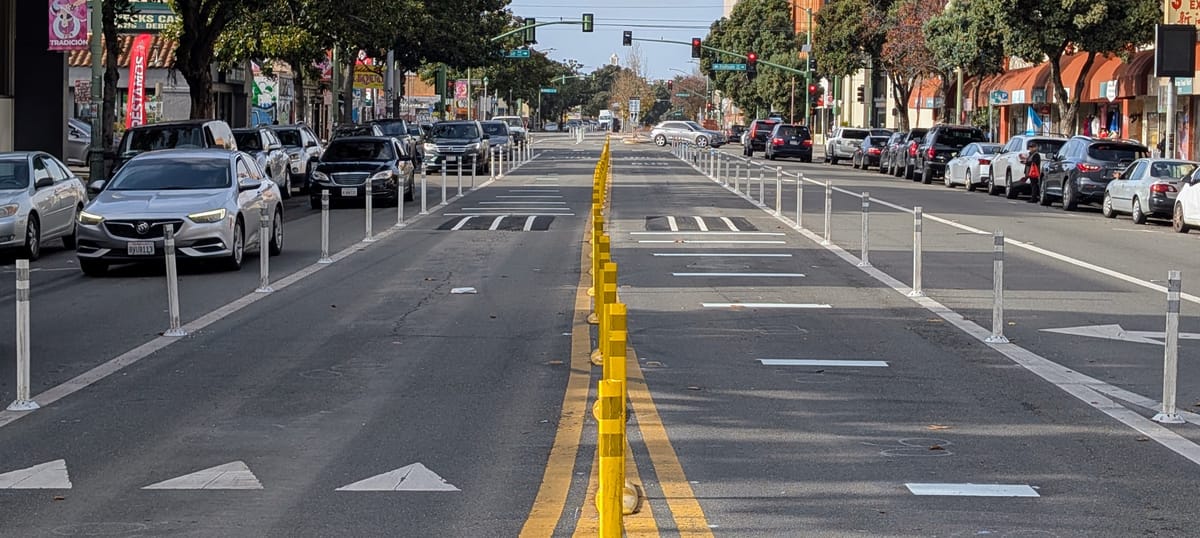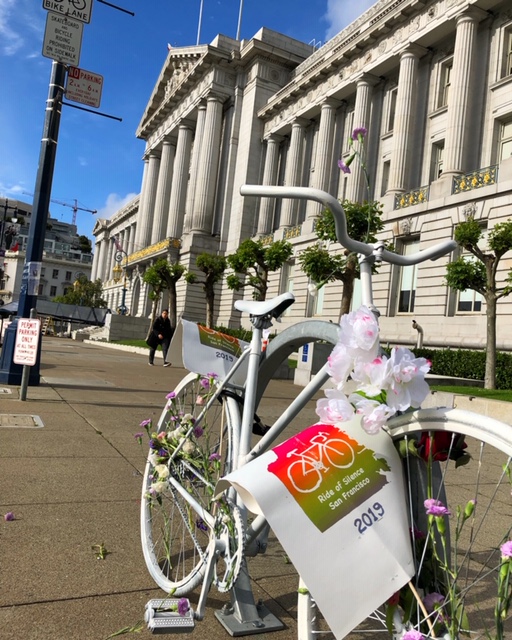
A bill circulating in the Connecticut legislature -- HB 6851 -- would give state officials greater control over development near transit stations.
The measure has met with some resistance because it would weaken powers that have traditionally belonged to local government. But Sandy Johnston at Network blog Itinerant Urbanist says that in Connecticut's case, that's probably a good thing:
Transit-oriented development, or TOD, is a central pillar in Governor Malloy’s statewide transportation plan. And there have certainly been successes; the new CTFastrak busway, connecting Hartford and New Britain, has spurred redevelopment along its route, and the governor’s office has made funds available to further TOD efforts in that corridor and along the soon-to-open New Haven-Hartford-Springfield (NHHS) rail line. Malloy has not just pushed the state’s significant (and expensive) transit projects, but has put considerable capital, both political and fiscal, behind the state’s efforts to build TOD around the new or revamped stations.
The problem is that Connecticut’s municipalities have not always been amenable to the state’s TOD strategy. A 2013 Regional Plan Association Report entitled “Halfway There” revealed that of the stations along the Metro-North New Haven Line, the state’s busiest transit corridor, only around half had (realized or envisioned) plans for mixed-use walkable development in the station area.
Last year I wrote about how Meriden, whose Amtrak station will be upgraded for the NHHS service, is wasting the potential for true TOD in its downtown, planning to use a huge lot across the street from the station for a park rather than dense development. Newington, along the CTFastrak corridor, has (over the objections of its well-meaning economic development chief) considered implementing a moratorium on high-density development. Taken together, these developments–or really, lack thereof–reveal an ongoing threat to Governor Malloy’s transit- and TOD-centered agenda: the ability of individual municipalities to sabotage the state’s efforts through uncooperativeness or obstinacy.
Quite simply, the ability of Connecticut’s municipalities to prevent TOD not only undermines principals of progressive development but threatens the the viability of the state’s expensive transit investments themselves.
Elsewhere on the Network today: Wash Cycle reports a record $21 million settlement has been awarded to a cyclist who was struck by a truck driver in Virginia. And Family Friendly Cities offers three strategies to make cities more inviting for families with children.




